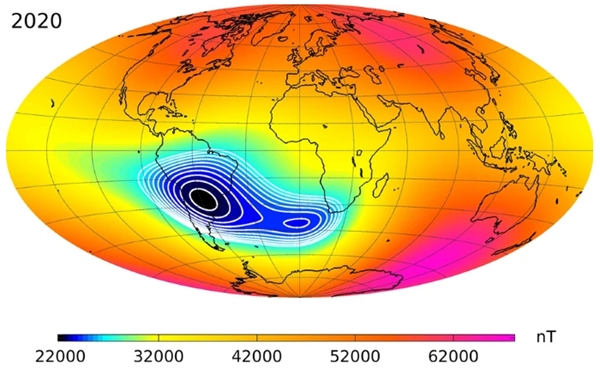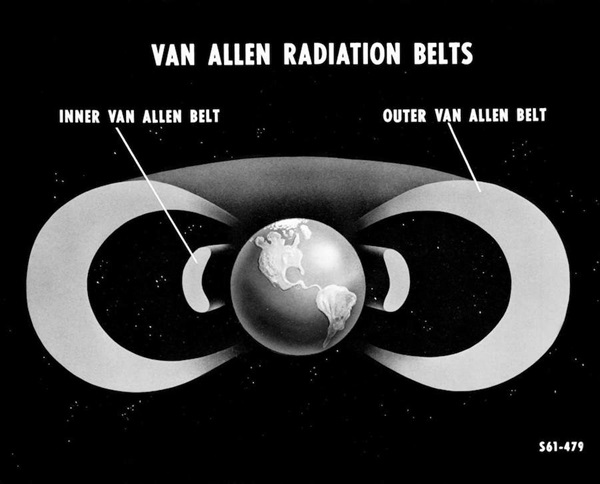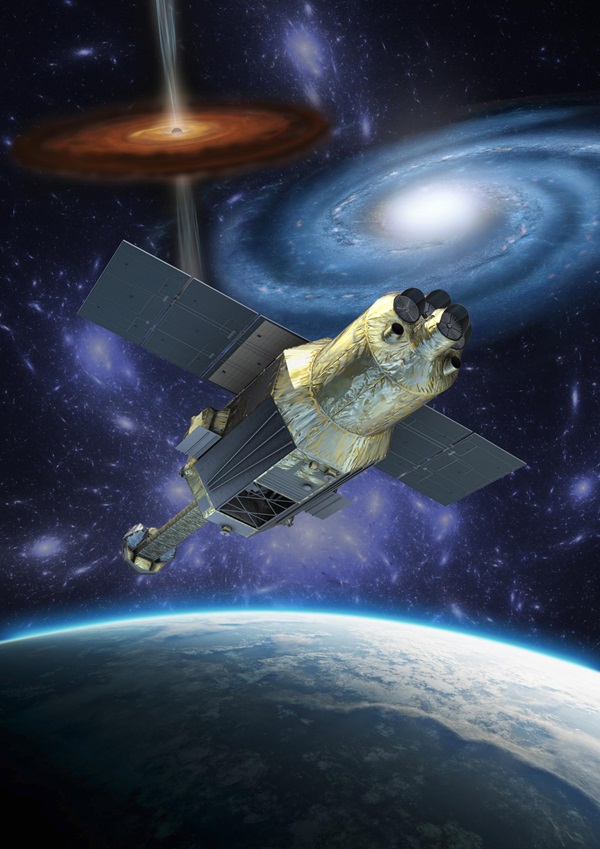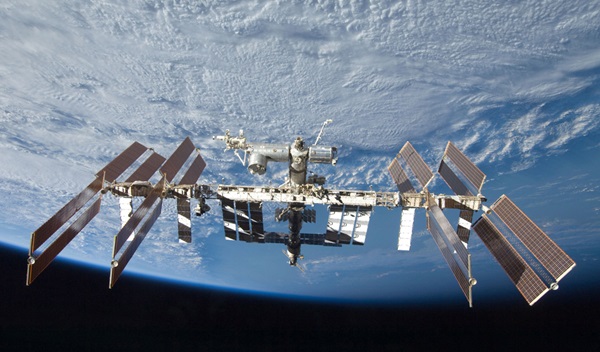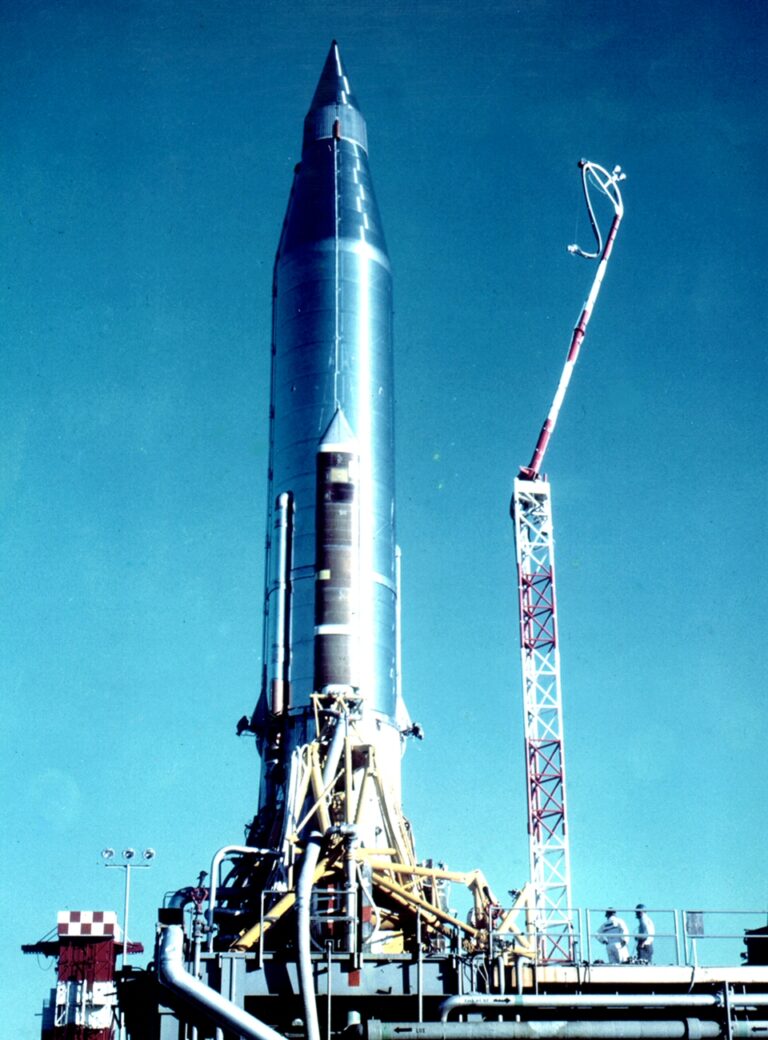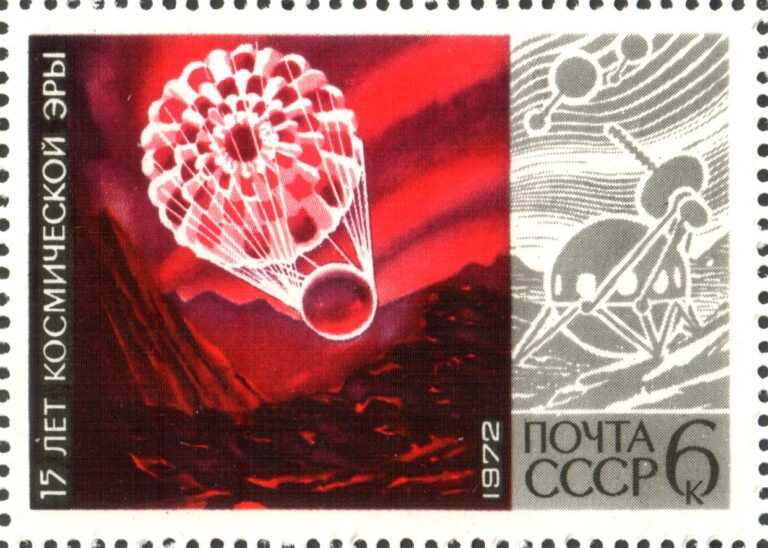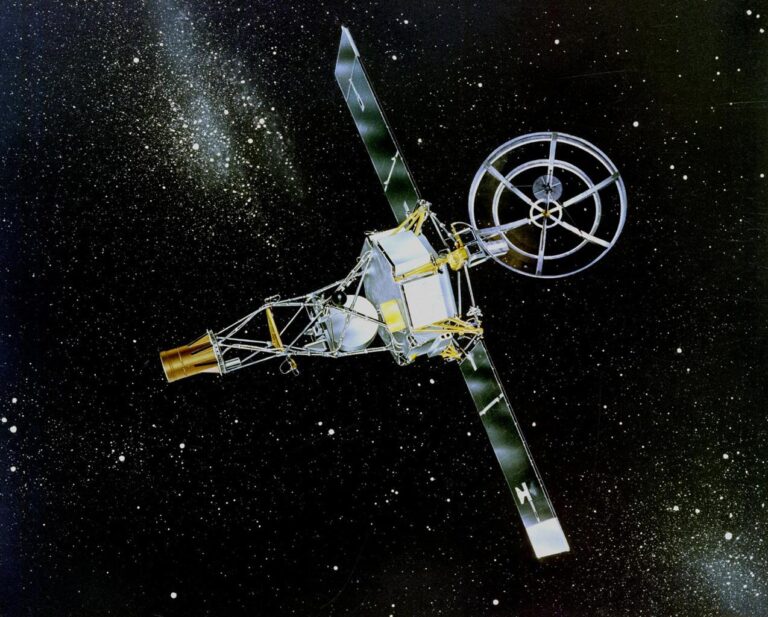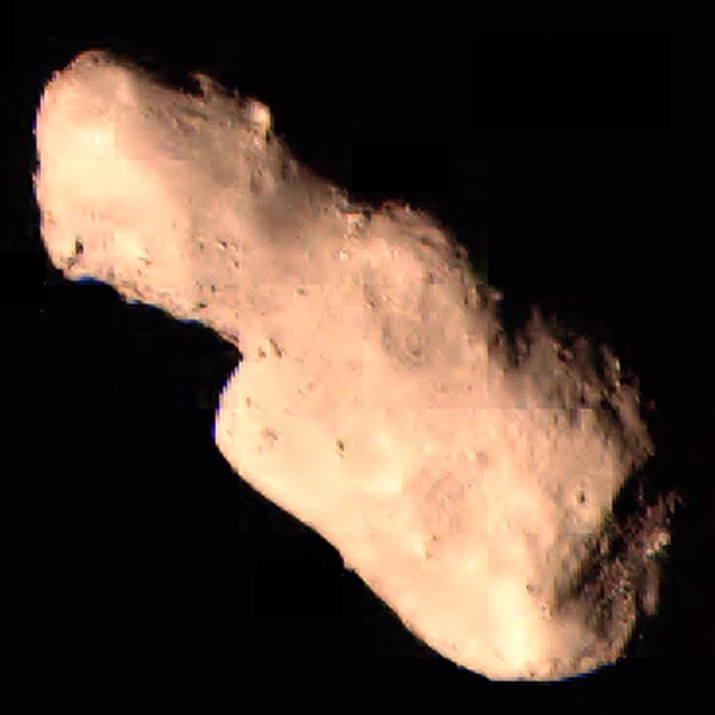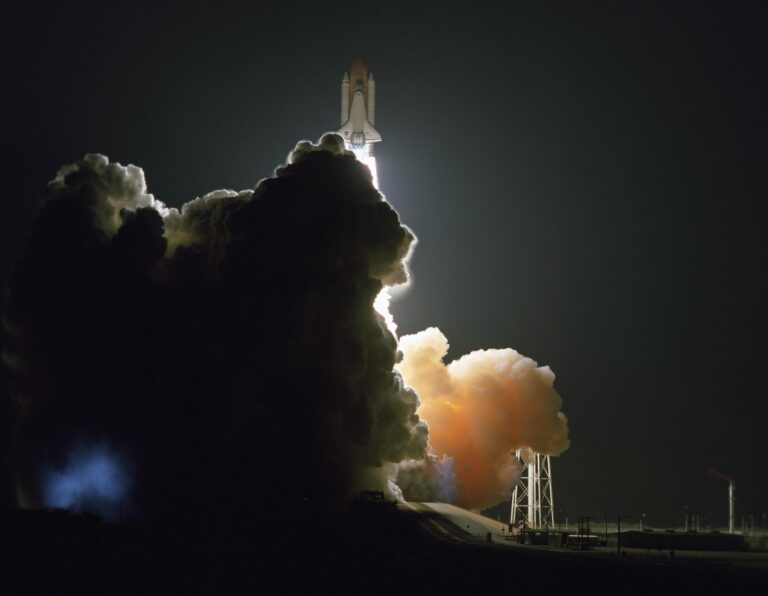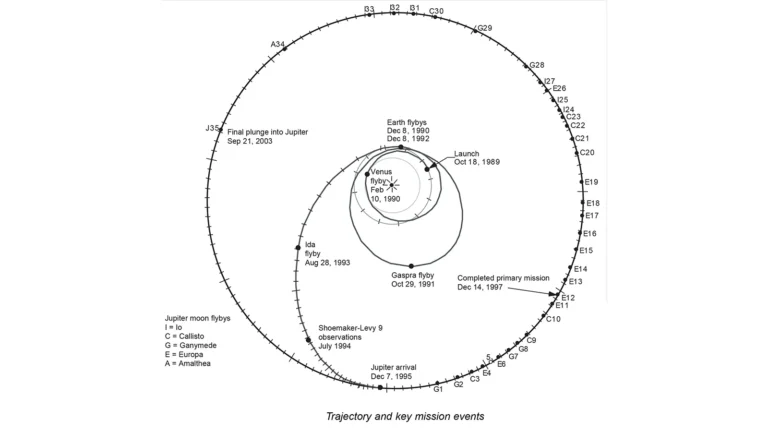Key Takeaways:
- The South Atlantic Anomaly (SAA) is a region where Earth's inner Van Allen radiation belt dips closest to the Earth's surface, exposing low Earth orbit (LEO) spacecraft to high levels of radiation.
- The SAA has caused malfunctions and failures in various spacecraft, including the Hitomi satellite and Globalstar satellites, primarily due to radiation-induced damage to electronic components.
- The International Space Station (ISS) incorporates radiation shielding to mitigate risks to astronauts during SAA transits, and spacewalks are scheduled to avoid SAA passage.
- Mitigation strategies for SAA-related risks include increased radiation shielding, use of radiation-hardened components like self-annealing gallium-arsenide chips, and strategic placement of sensitive electronics within spacecraft.
Over the years, the SAA has been responsible for several spacecraft failures and even dictates when astronauts can and can’t perform spacewalks. As the space around Earth becomes filled with an increasing number of craft, what does the SAA mean for the future of spaceflight?
A magnetic anomaly
Earth’s magnetic field is the result of a self-sustaining process called a geodynamo. As molten iron sloshes around our planet’s outer core, it generates massive electrical currents that, in turn, create and reinforce the magnetic field. Earth’s magnetic field itself extends tens of thousands of miles into space, and the area in which the magnetic field interacts with charged particles is called the magnetosphere. The magnetosphere protects life on Earth by deflecting solar wind and cosmic rays, which would otherwise strip away much of the atmosphere, among other detrimental effects.
The SAA is the region where the inner Van Allen Belt dips closest to Earth — a mere 120 miles (190 km) above the surface. At that altitude, spacecraft in low Earth orbit (LEO) may periodically pass through the SAA, exposing them (and, in the case of manned missions, their occupants) to large amounts of trapped high-energy particles — i.e., potentially damaging doses of radiation.
Lost craft
Radiation from the SAA has undoubtedly affected spacecraft, sometimes leading to their doom. One notable example is the Japan Aerospace Exploration Agency’s (JAXA) X-ray Astronomy Satellite. Also called Hitomi, it was launched into LEO in February 2016 to study high-energy X-rays from extreme processes throughout the universe.
But JAXA lost all contact with the probe on March 26 of that same year. Shortly after, the U.S. Joint Space Operations Center publicly confirmed that it had seen Hitomi break up into at least five pieces. And the largest piece was tumbling, eventually dislodging even more fragments. Hitomi, which had cost upwards of $270 million, was a total loss.
Although the exact details of the problems leading up to the loss are still debated, it is known that Hitomi’s star tracker, which told the spacecraft how it was oriented in space, repeatedly experienced problems when the craft flew through the SAA. It’s possible that radiation-induced damage to this system ultimately caused the spacecraft to rotate itself to death, making itself spin too fast as it tried to correct for positional problems that didn’t actually exist.
Similarly, in 2007, the satellite-based phone and data communications company Globalstar experienced the loss of several of their first-generation satellites. Again, the loss is believed to be related to degradation of electronic components by radiation damage incurred while passing through the SAA.
It’s not just satellites that have had problems, either. Computers and instruments aboard Skylab, the International Space Station (ISS), the space shuttle, and even SpaceX’s Dragon craft have all experienced glitches or other issues when passing through the SAA.
The SAA and human spaceflight
Could the high radiation levels of the SAA put astronauts at risk, too? Because the ISS does occasionally pass through the SAA, it was constructed with ample radiation shielding to protect astronauts from harm. Although the now-defunct space shuttles also sometimes passed through the SAA, the short nature of shuttle flights made this less of a concern. Nonetheless, given the high exposure to radiation that astronauts could incur if they had direct exposure to the SAA, ISS spacewalks are planned so that they do not take place during transits across the SAA.
As scientists and engineers have gained more experience, both in dealing with the SAA and in building spacecraft, they’ve developed strategies to counter the potential damage high-energy particles can wreak. Engineers can add more radiation shielding, although this often increases spacecraft weight and, in turn, pumps up launch costs. Semiconductors called self-annealing gallium-arsenide circuit chips are more resistant to radiation damage. And simply placing delicate electronic components deeper in the body of a spacecraft, where they are surrounded by other denser, hardier components, offers additional protection as well.
One thing is clear: As spaceflight advances, taking hazards such as the SAA seriously is vital to protect our investments — whether they are in dollars, technology, or human lives.

